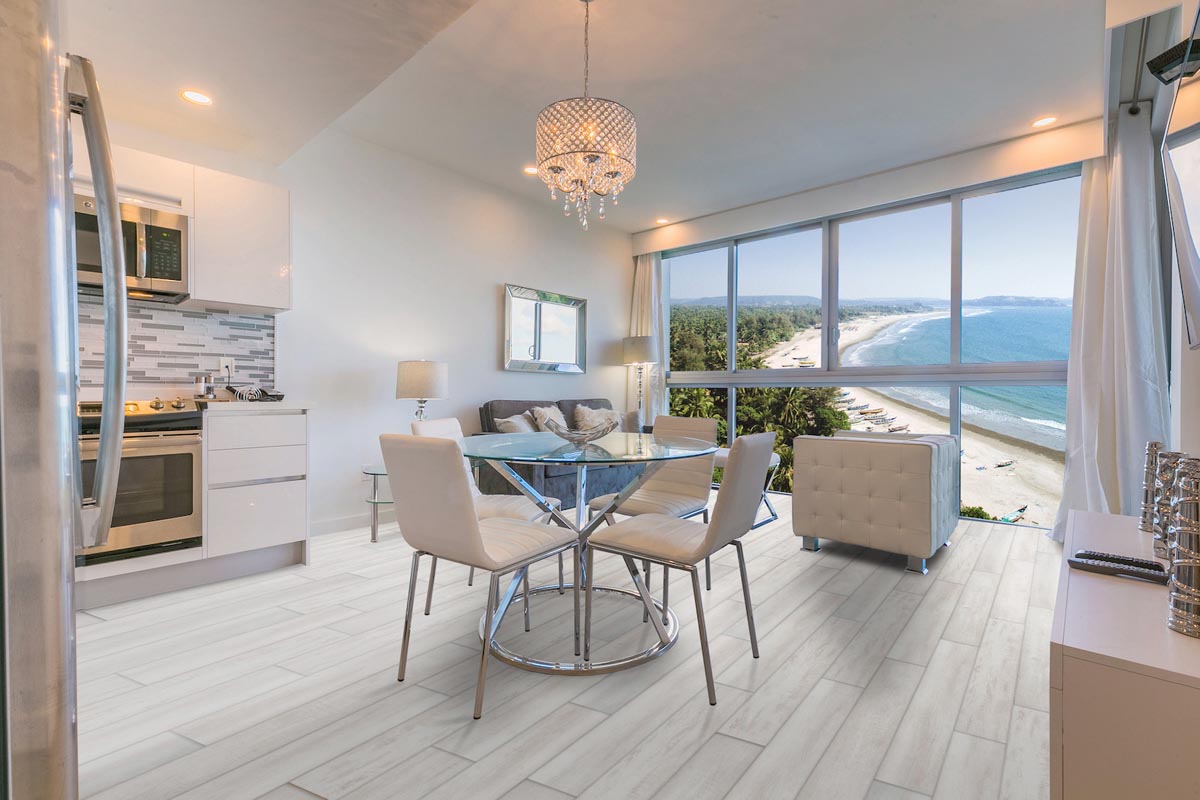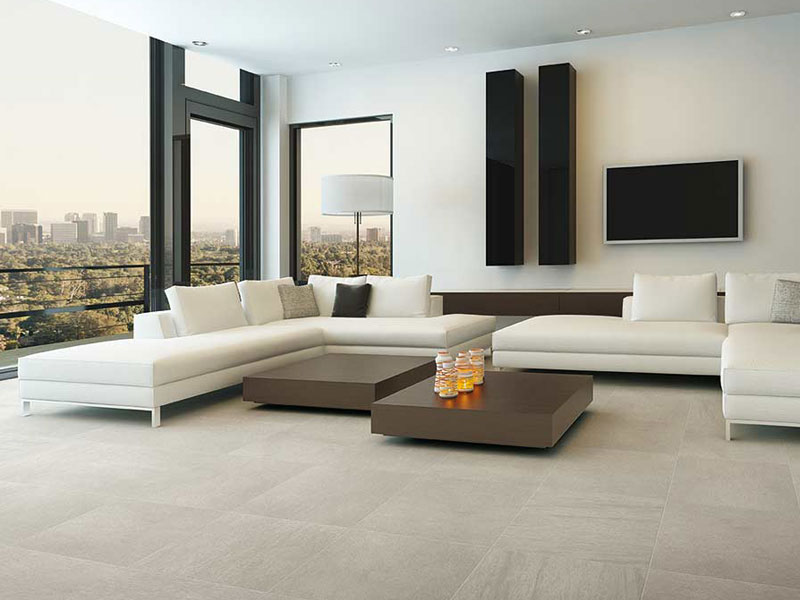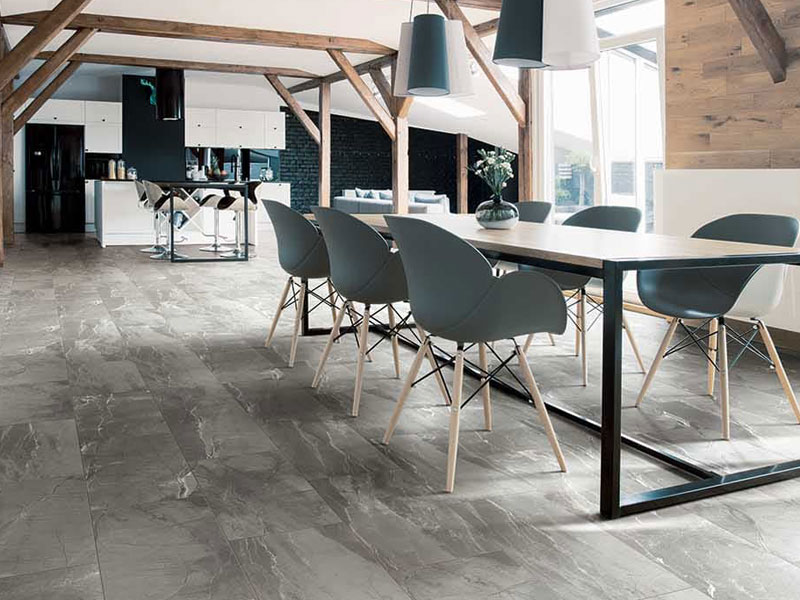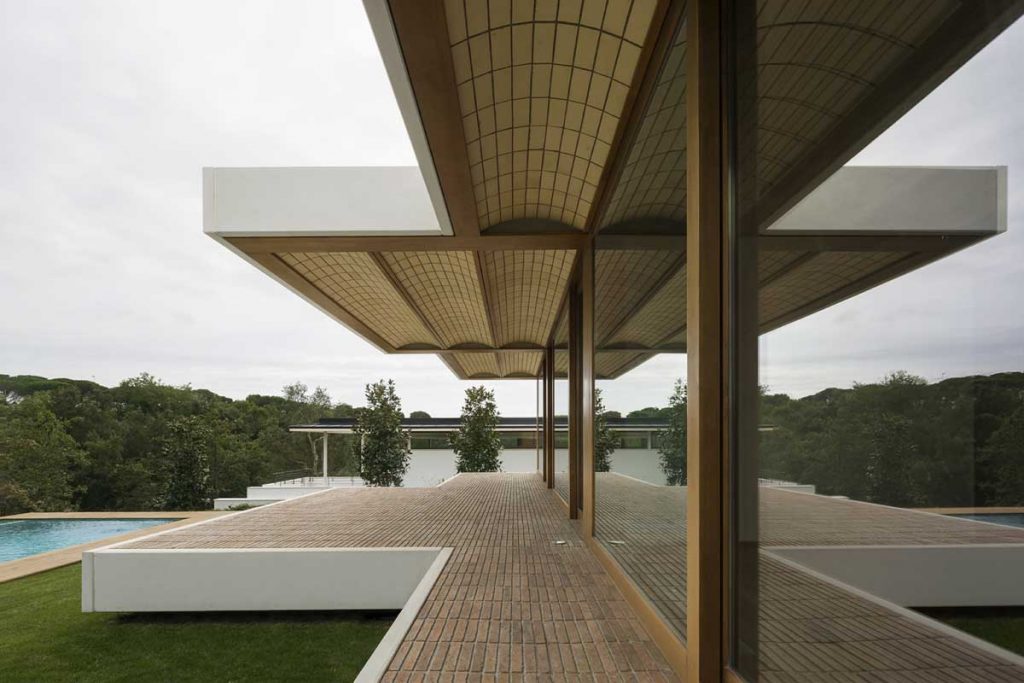Porcelain Stoneware for Both Indoor and Outdoor Spaces
Exploring the intersection of environmental consciousness and aesthetic innovation, green design seamlessly integrates with the versatile beauty of porcelain stoneware. This durable material serves as the cornerstone for transformative ideas, offering a harmonious blend of functionality and sustainability for both indoor and outdoor applications. Porcelain stoneware, with its eco-friendly properties, becomes a canvas for creative expression, transcending traditional boundaries. Whether adorning interior spaces with elegant porcelain tiles or enhancing outdoor landscapes with resilient porcelain pavers, the design possibilities are as limitless as the enduring qualities of this remarkable material. Embracing porcelain stoneware in design not only elevates visual appeal but also underscores a commitment to responsible and enduring architectural solutions.
Over the recent years, a growing recognition has emerged regarding the essential desire for spending time outdoors and connecting with nature. The notion of the boundary between interior and exterior spaces within residences and other structures has experienced a continual shift, bringing about a significant influence on materials. This transformation will notably alter the expectations placed on materials, encompassing considerations of appearance, color, and functionality in response to the evolving understanding of the relationship between indoor and outdoor environments.
Indoor & Outdoor : The Threshold’s Crucial Role in Shaping the Future of Materials
Current surveys underscore a noteworthy pattern: we have become a generation predominantly indoors, investing a substantial portion of our time in dimly lit and insufficiently ventilated enclosed spaces. This habit is notably unfavorable for our well-being.
We often perceive our surroundings differently. However, an awakening to this limitation has spurred recent trends, propelling a movement toward enhancing the adaptability of residential and other spaces. This shift encompasses a redefined notion of comfort, a commitment to personalizing all living and working environments to impart uniqueness, and a pressing need to seamlessly extend indoor spaces to the outdoors. This evolution aims to accommodate diverse daily activities, such as cooking, entertaining, studying, working, exercising, playing, and more, fostering an integrated and holistic lifestyle.
Contemporary generations are increasingly seeking a robust outdoor element in their urban experiences, spanning social venues like bars, restaurants, public spaces, parks, and gardens. This inclination extends to leisure and travel preferences, encompassing hotels, spas, bed and breakfasts, glamping sites, and hostels. Moreover, outdoor fitness and the adoption of new, eco-friendly modes of urban mobility are gaining prominence. As the emphasis on outdoor living intensifies, architecture is compelled to address evolving needs and demands in the years ahead, with the theme of the outdoors assuming a central role in shaping architectural responses.
Fostering Wellbeing and Sustainability Within Indoor Spaces
The increasing desire for outdoor experiences and a heightened focus on health and comfort are mirrored by a parallel emphasis on indoor wellbeing. Recent research from Harvard University underscores the profound impact of indoor environmental factors on cognitive abilities, revealing that optimal air quality and respiration can potentially double cognitive performance. The study further highlights the influential role of lighting in enhancing behavior and metabolism, the impact of temperature management on work performance, the stress-inducing effects of specific color stimuli, a deterioration in working performance due to acoustic disturbances, and the significant health implications of a sedentary lifestyle.
Reflecting these concerns, the World Health Organization has raised an alarm, attributing a considerable percentage of work-related issues to ‘sick building syndrome’ . Notably, finishing materials play a crucial role in determining the health and wellbeing of occupants within buildings. They impact air quality by ensuring the absence of harmful emissions, contribute to acoustic comfort by mitigating noise, and influence visual comfort and color schemes, thereby shaping the overall quality of indoor environments.
Unlocking the Advantages of OUTDOOR
While ceramics find various applications in architecture, recent years have witnessed a growing emphasis on diminishing buildings’ energy consumption, particularly through the advancement of ventilated facade technology.
Ventilated facades represent multi-layer systems where cladding elements are affixed using mechanical fixtures, creating a cavity between the load-bearing structure and the cladding. Typically, the cladding comprises an insulating layer increasingly adorned with porcelain stoneware slabs. This evolving approach not only enhances the aesthetic appeal but also aligns with the broader goal of energy-efficient construction, marking a noteworthy progression in architectural practices.
Enhanced Performance for Outdoor Environments
Porcelain stoneware, particularly in its 20 mm thickness variant, exhibits technical characteristics that cater to the demands of diverse outdoor applications:
- The material boasts remarkable resistance to heavy loads and traffic.
- It maintains its original appearance over time, exhibiting no signs of fading, shrinking, or deterioration.
- Resilient against chemicals, including pool additives and household cleaners.
- Endures various weather conditions, such as rain and wind, as well as challenges like salt, corrosion, and molds.
- Achieves an anti-slip and anti-skid classification (R11, EN 13036-4 standard).
- Facilitates easy cleaning and remains scratch-resistant.
- Demonstrates resilience against frost and fire.
- Requires no specific treatments or seasonal maintenance.
- Light-colored variants, when appropriately utilized, contribute to a high solar reflectance index, minimizing heat absorption and ensuring a comfortably cool surface.
Optimal Performance for INDOOR Spaces
Porcelain ensures unparalleled performance while maintaining aesthetic appeal when selecting floor and wall coverings, as well as other applications.
Counters, tables, and floors, being frequently in contact with shoes, shopping bags, and pets, are among the most susceptible to contamination in our living spaces. In public establishments like hotels and restaurants, assuring customers of a high standard of cleanliness is crucial.
Porcelain surfaces address this need by offering easy sanitation using neutral products and detergents. Moreover, they exhibit robust durability, with the ability to withstand disinfection and sanitization using more aggressive products when necessary. This dual capability makes porcelain an ideal choice for maintaining both hygiene and visual appeal in indoor environments.
Porcelain Stoneware: A Prudent and Eco-Friendly Selection
Among the array of materials employed for home interiors, porcelain stoneware undeniably strikes the optimal balance between style and sustainability. Ideal for adorning floors, walls, furniture, and kitchen counters, ceramics are crafted through a production cycle with minimal environmental impact.
Benefitting from a sustained commitment to energy efficiency spanning over four decades, the Italian ceramics manufacturing sector is equipped with state-of-the-art facilities and in-house energy generation systems. These initiatives play a pivotal role in substantially curbing atmospheric emissions, making porcelain stoneware a natural choice that aligns with both aesthetic preferences and environmental responsibility.






